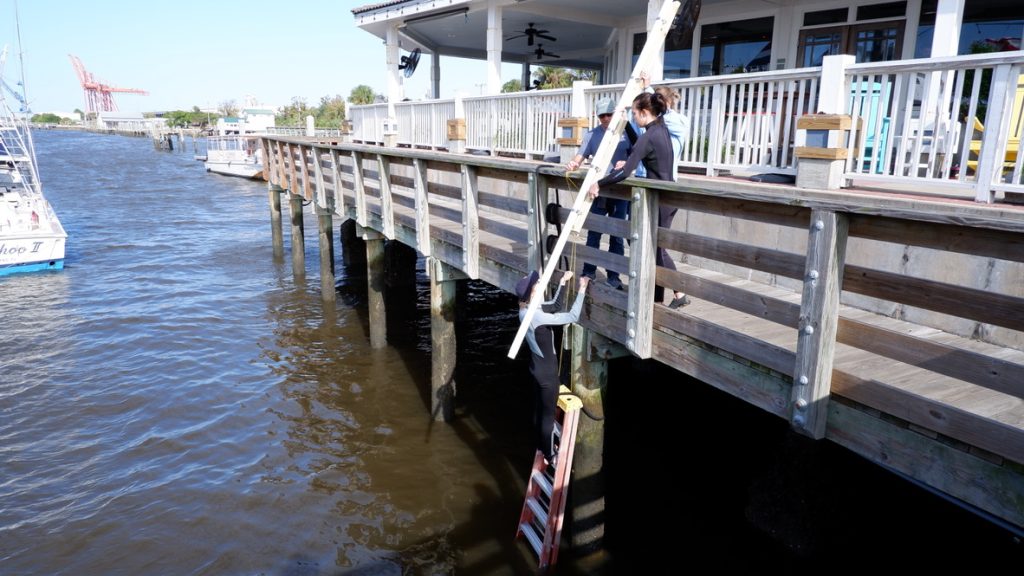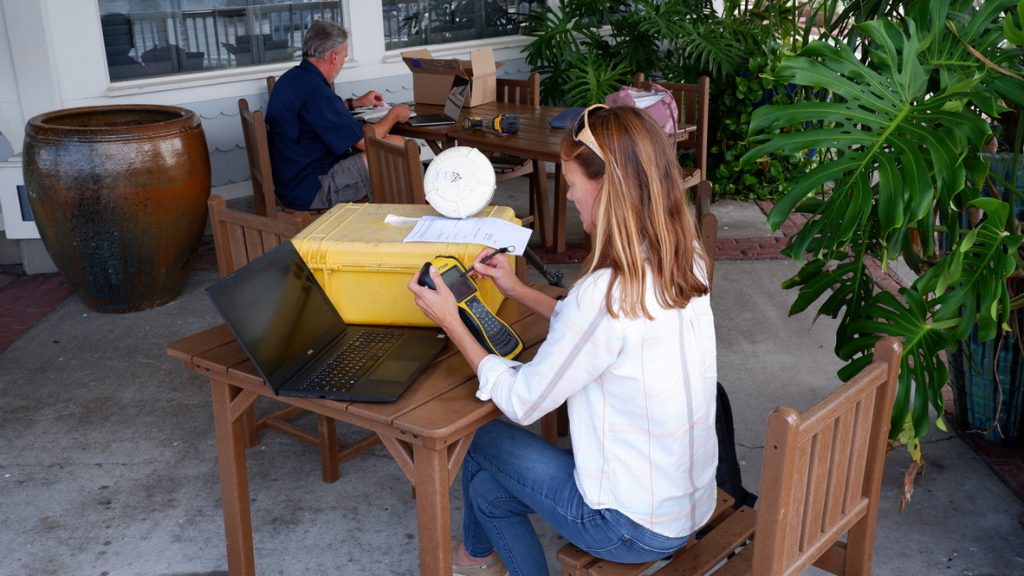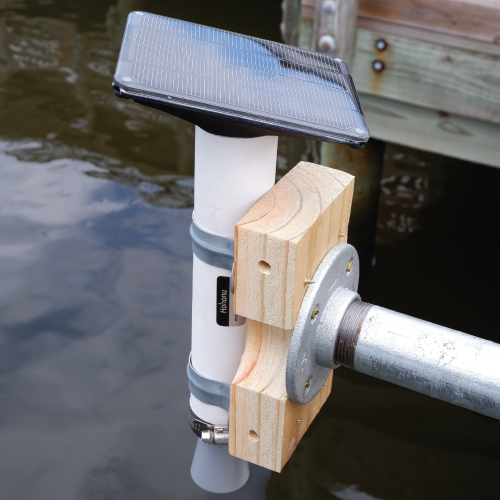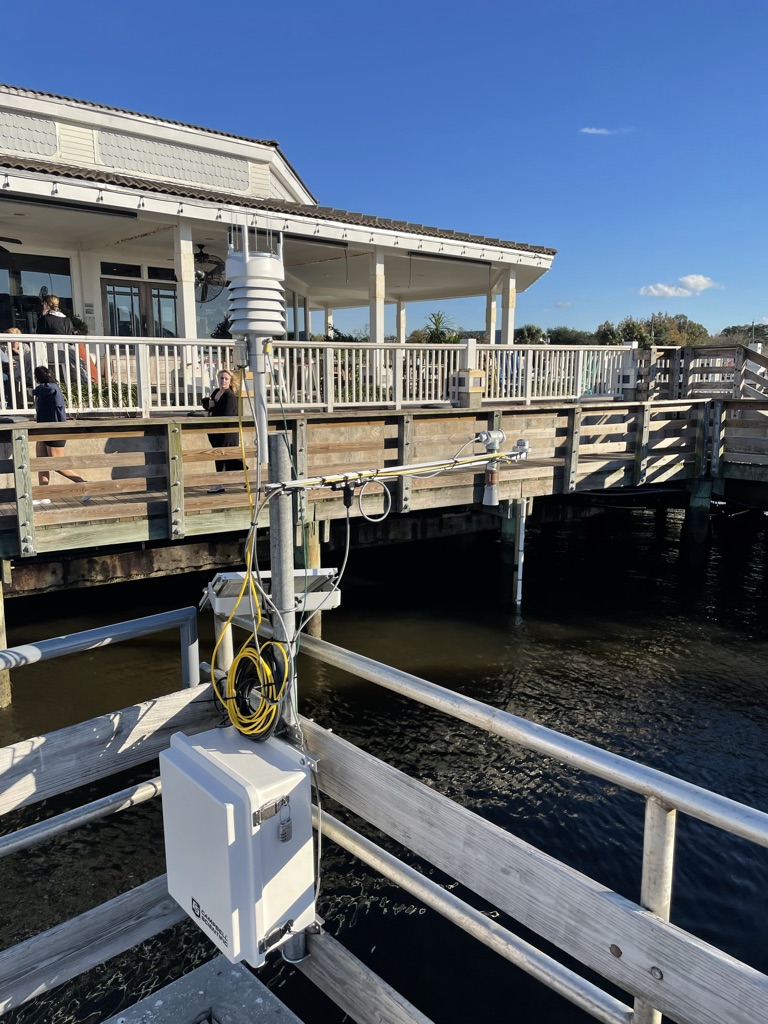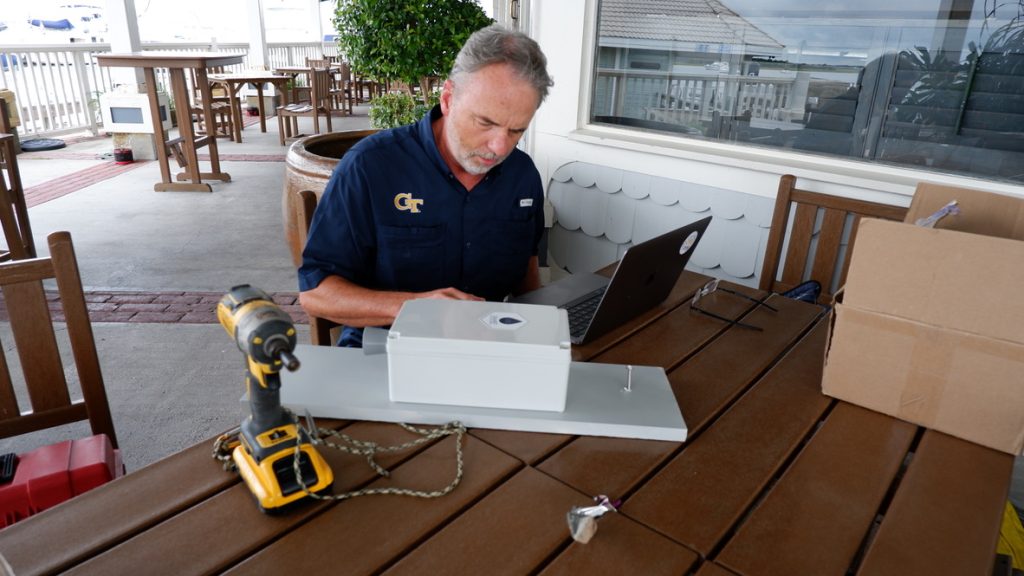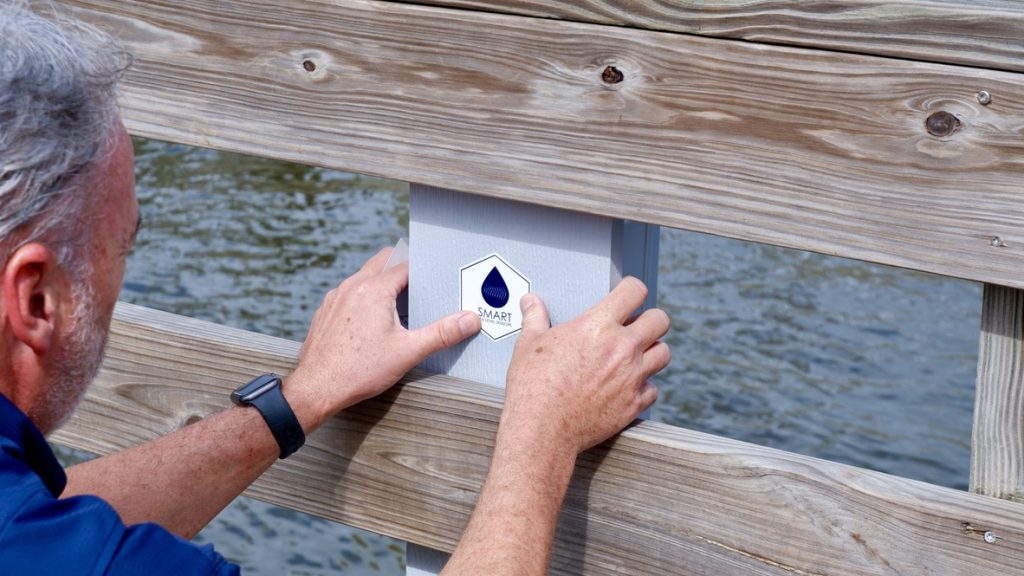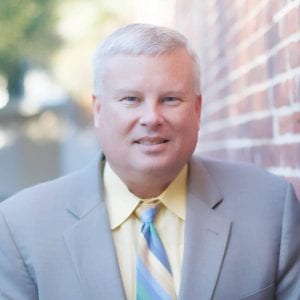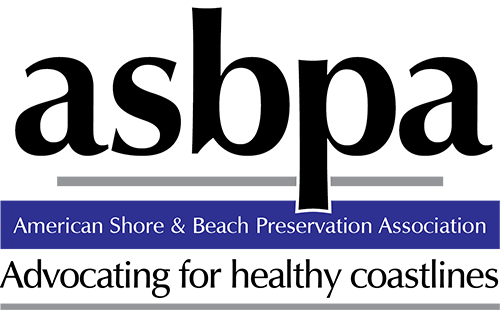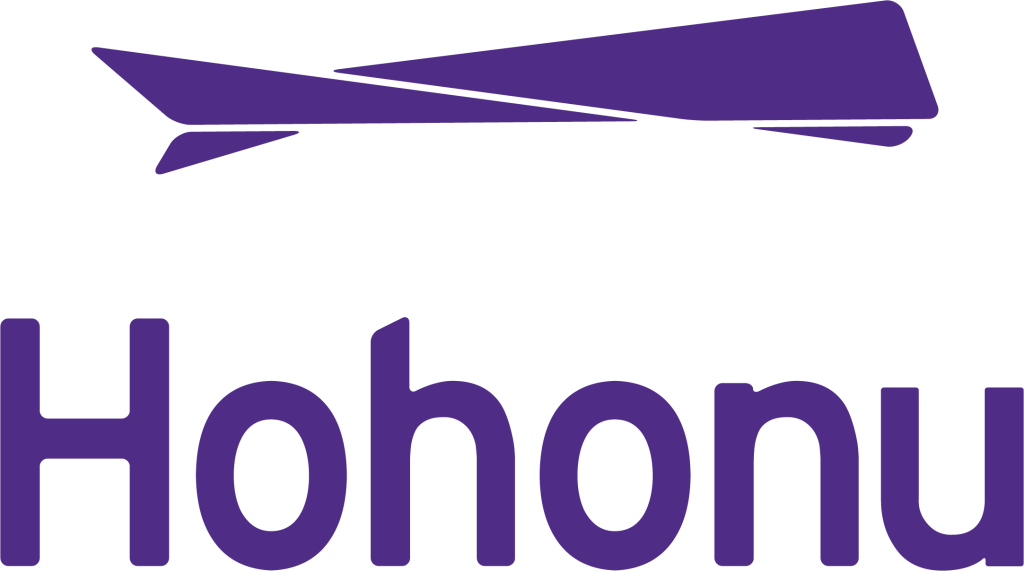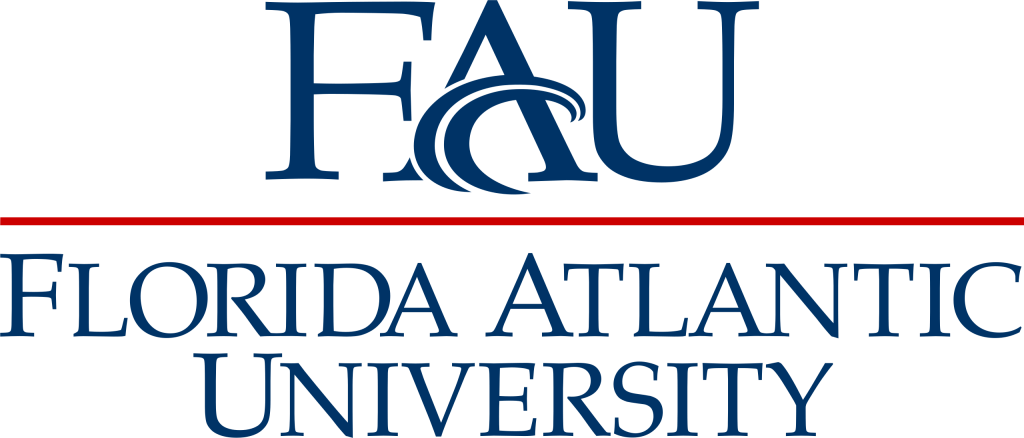SECOORA is funding a network of low-cost water level sensors across the southeast to develop the next generation of coastal observing systems at the scale where people live and make decisions. The program will provide water level data to coastal communities in North Carolina, South Carolina, Georgia, and Florida that face threats from high tide flooding, storm surge, and sea-level rise.
SECOORA is partnering with the American Shore and Beach Preservation Society (ASPBA), Coastal Carolina University, Florida International University, and Georgia Tech to install approximately 200 sensors over a five-year period.
Six water level sensors installed in Fernandina Beach, FL
The project kicked off with the four teams installing six sensors as a test deployment at the Fernandina Beach Marina, in Fernandina Beach, FL. This test deployment will be used to compare water level data between the project team sensors and an existing NOAA water level station. The teams are comparing the data to ensure the low-cost sensors are collecting accurate data at an ideal sampling frequency.
“The importance of measuring and monitoring coastal water levels, especially for communities like Fernandina Beach, cannot be underestimated. Being on a barrier island and susceptible to tidal flooding and storm surges places the residents, businesses, and property in Fernandina Beach at great risk to the danger of rising ocean waters. The City Commission has recognized this growing threat and has embarked on a significant effort to protect the City’s critical economic asset – its historic downtown – by constructing facilities to mitigate flood waters. Over the course of the next several years, this project will make great use of the data provided through the efforts and assistance of the ASBPA, SECOORA, and NOAA. Fernandina Beach is excited to be part of the early implementation effort of the monitoring system.”
Dale Martin, City Manager, City of Fernandina Beach
Water level information is vital for community safety
The sensors will provide real-time water level data to town managers, emergency managers, and the public. This data is vital for monitoring coastal flooding and keeping citizens informed of hazardous conditions. Once the network of sensors is established, communities can use the data when designing resilience and adaptation strategies to sea-level rise and other climate impacts.
“Waterfront communities have limited water level data at any given moment for various critical locations within their communities. With today’s technology, every community should have access to real-time water level data exactly where they need it for emergency management, public safety, recreation, and to support infrastructure planning. This project brings basic information (“How high is the tide in my community right now?”) into the hands of the local decision makers who desperately need this type of data to manage coastal flood challenges.“
Dr. Nicole Elko, Science Director, American Shore and Beach Preservation Association
Southeast Water Level Network
This Southeast Water Level Network was formed in July 2021 through a 5-year cooperative agreement between the Southeast Coastal Ocean Observing Regional Association (SECOORA) and the NOAA Integrated Ocean Observing System. As the water level sensors are installed, data will become available online, and ultimately data will be accessible on SECOORA’s website. This data will be open-source, free, and publicly available for download. To learn more, please visit SECOORA’s Water Level Network Webpage.
SECOORA’s Water Level Network Partners
Related news

SECOORA Funding Opportunity Announcement: Letters of Intent Solicitation
SECOORA will submit a coordinated regional proposal in response to the anticipated FY 2026 Implementation of the U.S. Integrated Ocean Observing System (IOOS) funding opportunity. Letters of Intent to be considered for inclusion in SECOORA’s full proposal are due September 9, 2025.

SECOORA Hosts the First Surface Elevation Table (SET) Community of Practice Virtual Workshop
The SECOORA SET Workshop was virtual on July 17, 2025. More than 50 Community of Practice members and stakeholders joined this collaborative workshop to discuss SET monitoring, coastal resilience, and data-driven decision making in the Southeast.
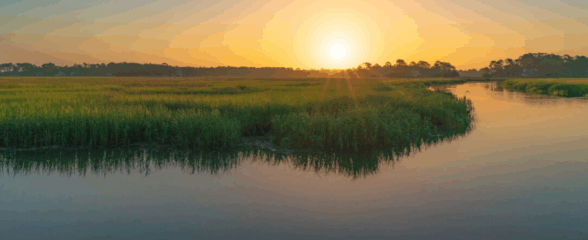
The Sounds of the Sound: Connecting the Port Royal Sound Community with What’s in the Water
Port Royal Sound in Beaufort, South Carolina is a thriving haven for animals, plants, and people. Research focused on listening to the animals that live in the Sound – specifically the resident dolphins – connects the community with the underwater world without having to go swimming.
